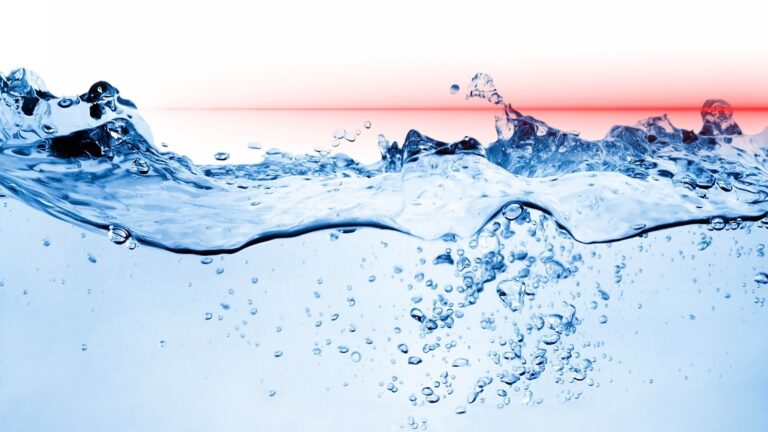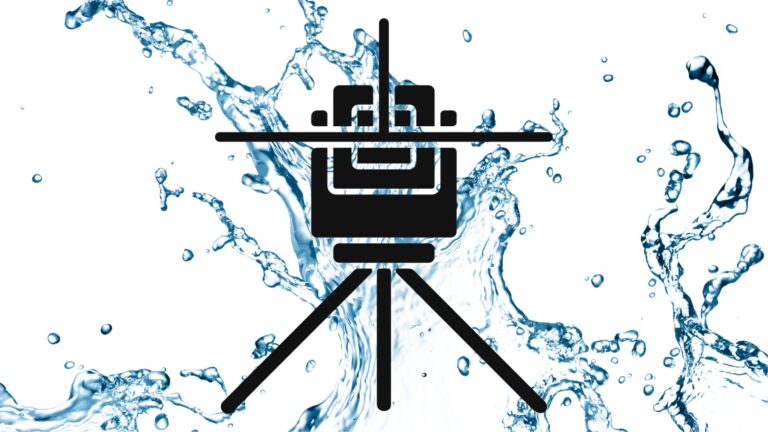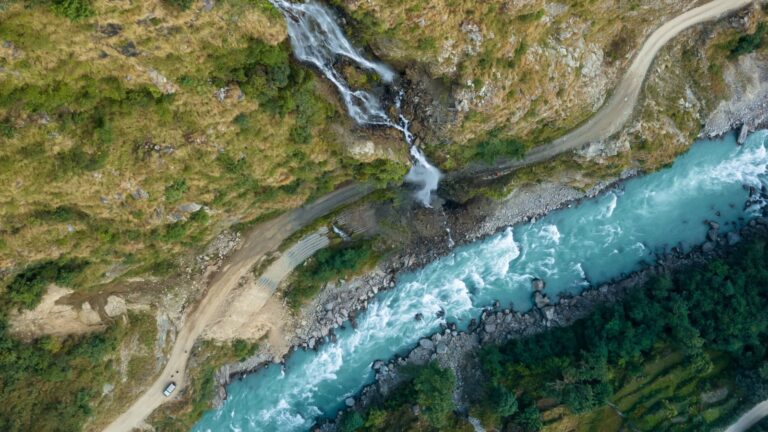Do you know that the litter that you throw away from your homes is the major contributor to the visual pollution in waterways in Australia? The stormwater is the culprit behind this act, and all the litter is washed into local waterways. Safeguarding water and waterways have been the two main challenges in the Australian water management system for a long time now. However, they have found an innovative solution through the utilisation of modern technology.
In this article, you will learn how ‘Laser Technology’ becomes the best strategy to ensure waterways are cleaned and not harming the environment around them.
What is Laser Technology?

This is something that can not be explained in two or three words as the capacity and the definition of laser technology spreads to a broader distance. If we put this simply, Laser technology is a powerful tool that makes really strong and concentrated light beams. In the technological context, people use it for cutting, welding, and communication.
For example, if we take a hospital, it utilises this robust technology for its surgeries. No matter what the industry is, it extends its capacity for better communication and for measuring things very accurately. Laser is a technological miracle that has ever been invented as it helps to do various chores with a lot of precision and accuracy.
Key Challenges in Waterways Management

Climate Challenges
Climate change poses a significant issue for managing waterways. It makes ‘striking the management balance’ complicated in many ways. When it gets hotter, water can evaporate more, which means there’s less water in rivers and lakes. Also, rain can be massively heavy and cause floods, or it might not rain enough and cause droughts.
The climate challenges are not limited to them. If further explained, hurricanes and storms can damage important infrastructure like dams and bridges. If the Earth gets warmer, the sea levels rise, and this can damage the coasts and let salty water get into freshwater areas. To deal with all of this, authorities need to come up with smart plans, strong structures, and innovative ways to use technology wisely while taking care of these climate issues.
Handling Pollution
Water pollution in Australia has been the topic for many decades now. Waterways often suffer from pollution caused by various sources, such as factories, farms, and cities. These pollutants include harmful chemicals, excess nutrients, toxic heavy metals, and tiny pieces of plastic called microplastics. Controlling and reducing this pollution is the main problem here.
That is why the Australian governing authorities are keen on making rules to limit what can be released into the water. As a consequence, these rules are encouraging farmers to use eco-friendly methods and upgrading systems that clean wastewater to remove contaminants.
Habitat Preservation
As is recorded in the statistics, there are more than 500,000 aquatic communities living in the waterways in Australia. But if cities, farms, or structures built close to waterways expand day by day, these aquatic habitats could be harmed, and some creatures could vanish completely. It is evident that water’s quality drastically drops as a result.
It is a huge responsibility to look after these animals’ habitats in order to save rivers and other waterways. These creatures can be found living in marshes and riverside environments. These environments provide a home for creatures and aquatic plants, protect the ground from washing away, and aid in maintaining the cleanliness of the water.
How to Safeguard Waterways Utilising Laser Technology

Constantly Monitoring Water Quality
Laser technology assists the water management authorities in monitoring water quality effectively and efficiently. Specifically, this technology makes it possible to accurately and instantly check different water parameters. Chemicals, nutrients, heavy metals, and even microplastics that are mixed with water can all be detected and measured using laser-based sensors and spectrometers in water. These tools give precise readings that aid in quickly locating pollution sources for the authorities.
Joint with other advanced techniques like laser-induced fluorescence (LIF) and LIDAR (light detection and ranging), the latter is useful in tracking the amount of algae and the clarity of the water. The information received through technology assists in the early detection of dangerous algal blooms and erosion problems as a result. Plus, it encourages prompt intervention to stop the worsening of the water quality.
Detecting Pollution
Another way that the latter contributes to the protection of waterways is through efficiently detecting pollution. Did you know it can pinpoint the presence of contaminants such as oil spills, chemical leaks, or harmful substances in water bodies easily? How is it possible? Utilising LIF and LIDAR techniques this can be conveniently done.
One outstanding functionality of the said technology is that it provides quick detection and high accuracy, allowing for immediate action to reduce environmental threats. Furthermore, lasers can be employed to perform targeted cleanup by oxidising or ablating contaminants to break them down. Therefore, it is quite visible that with laser technology, accurate predictions over water pollution are highly encouraged.
Sending Warning Signals
This technology’s potential does not end limited to one aspect or two. It is a broader chain and one of the major benefits of laser technology is its ability to send warning signals to relevant parties when it detects some threats. Laser technology itself can not function alone. It must be interlinked with some other technologies varying from IoT, Digital Twin, LIF, LIDAR, etc. The lasers can quickly identify harmful substances, like oil spills or chemicals, in the water.
When these threats are identified, laser technology can set off alerts and notify authorities, enabling quick reaction steps to reduce environmental concerns. Furthermore, it can constantly monitor the quality of the water, giving real-time data that helps in the prediction and prevention of pollution occurrences.
Tracking Algae Blooming
When the latter is implemented in water management systems, it gives insights into certain aspects of environmental threats, such as harmful algae blooming. LIF is the technique that helps laser technology provide valuable insights into water quality. This is the best possible way to spot the presence and growth of algae in water bodies.
If further explained, this technology can identify toxic algal blooms as soon as they appear and send immediate warnings to waterway authorities. This early warning system makes it possible for prompt action to be taken to stop the spread of toxic algae. If they fail to take immediate action, it can taint the water, destroy aquatic life, and present health hazards to millions of Australian civilians.
Mapping Aquatic Habitat
As we mentioned in the above sections, the aquatic habitats that depend on these waterways can not be forgotten or neglected when implementing development projects. As laser technology is enriched with advanced LIDAR and underwater laser scanning methods, it easily creates highly detailed three-dimensional maps of the waterway bed and the surrounding ecosystems.
These maps are highly important for the water management authorities as they provide crucial insights into the habitats where aquatic species live. Waterway management can make responsible decisions about protecting and restoring important habitats like wetlands and riverbanks if they have a deeper understanding of these areas.
Making the Environment a Better Place with Modern age Technology

Soil, water, air, and sound pollution are what we talk about all the time. Many eco-friendly people gather together to make responsible movements towards the betterment of the whole ecosystem by encouraging sustainability efforts. However, we rarely talk about utilising technology to back up these eco-friendly movements. You can see that modern-day technology is actually an excellent way to empower sustainability due to its robust functionalities, from analytics to predictions. If you need to safeguard the environment, technology extends a helping hand for you to hold tight.







